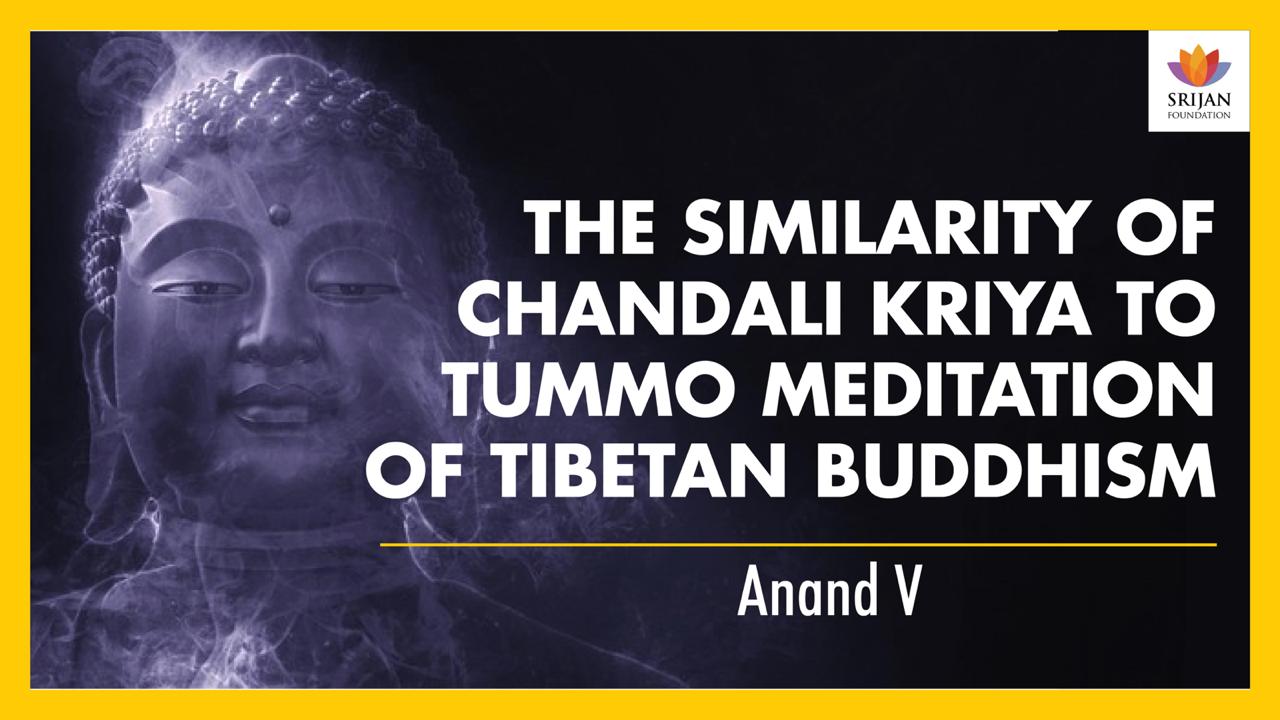Buddhist practices of course have been much better studied in the Western literature, primarily because I guess they are spread out all over the world and a lot of these like Tibetan Buddhist after the persecution in China, they moved to USA. So now they are easily available to, to scientists to study and usually science is like a very hard activity. So once two or three people have studied it, everybody else piles on. So once that initial barrier is crossed, it really gets a lot more attention. It’s easy because you are going keep citing, sightings and then people take it seriously. So, initial Buddhist meditation like early times, like Buddha time, was mostly focused on our mindfulness in breathing. These were derived from early yogic and Vedic streams and it’s very well documented. But the late stage which is Tibetan Buddhism which is called by Vajrayana, that is actually the tantric Buddhism and that is the stage which is being more studied now, because of the Dalai Lama and his other group people and this is actually very heavily influenced by Hindu Tantra and Shakti tradition.
So most of the you, you look at the Buddhist shrines in Tibet and stuff, they really look like Indian shrines, because there’s a lot of these goddesses Yantra, deities or the meditative practices are also like this. They say think of this goddess, think of this deity, visualize this, visualize that, and you feel like this is something I have seen in my neighborhood practice also. So, here is this fascinating thing. So they have done this study on meditative, meditators in Tibet. This is called the Tummo meditation, so they call this Tummo meditation. So they’re basically the practice was sold as something, you sit in the freezing weather in the snow, you wrap a wet cloth around yourself and then you do this meditative tummo practice and then the cloth dries itself, because of what I just elaborates because you are so hot. So that’s what people used to say and actually there is evidence for that.
So this study from combined study from Singapore and U.S. So they studied three or four practitioners of this and that y-axis is actually body temperature, so they raised a temperature like 36 to 38. 38 is actually a fever range. So if you came to a hospital in 38 temperature, we will get blood cultures and we will start you on antibiotics. You… nobody thinks that these things can be consciously manipulated, but these guys proved that it could be done. It’s fascinating and it has received a lot of attention in scientific circles as well as general humanity circles and you know people who are kind of interested in this sort of stuff.
What is interesting to us is that Tummo was actually called Chandaly Kriya. It was transmitted from India to Tibet. So really now everybody is interested in Tummo, Tummo big Wikipedia page about it. Chandaly Kriya nobody knows, there’s no nobody even Chandaly, the word itself nobody. Apparently, I searched for it. I was apparently, it’s a name of some Mahavidya goddess named Marathonvi, but that also half the name is there, half the name is not really like clearly documented. So I think this again is an example of digestion because you think Tibet,it’s kind of part of the Indian cultural sphere, but really you nobody in India knows what Tummo is and nobody in the rest of the world knows what Chandaly Kriya. So I think, it’s a sad thing.




